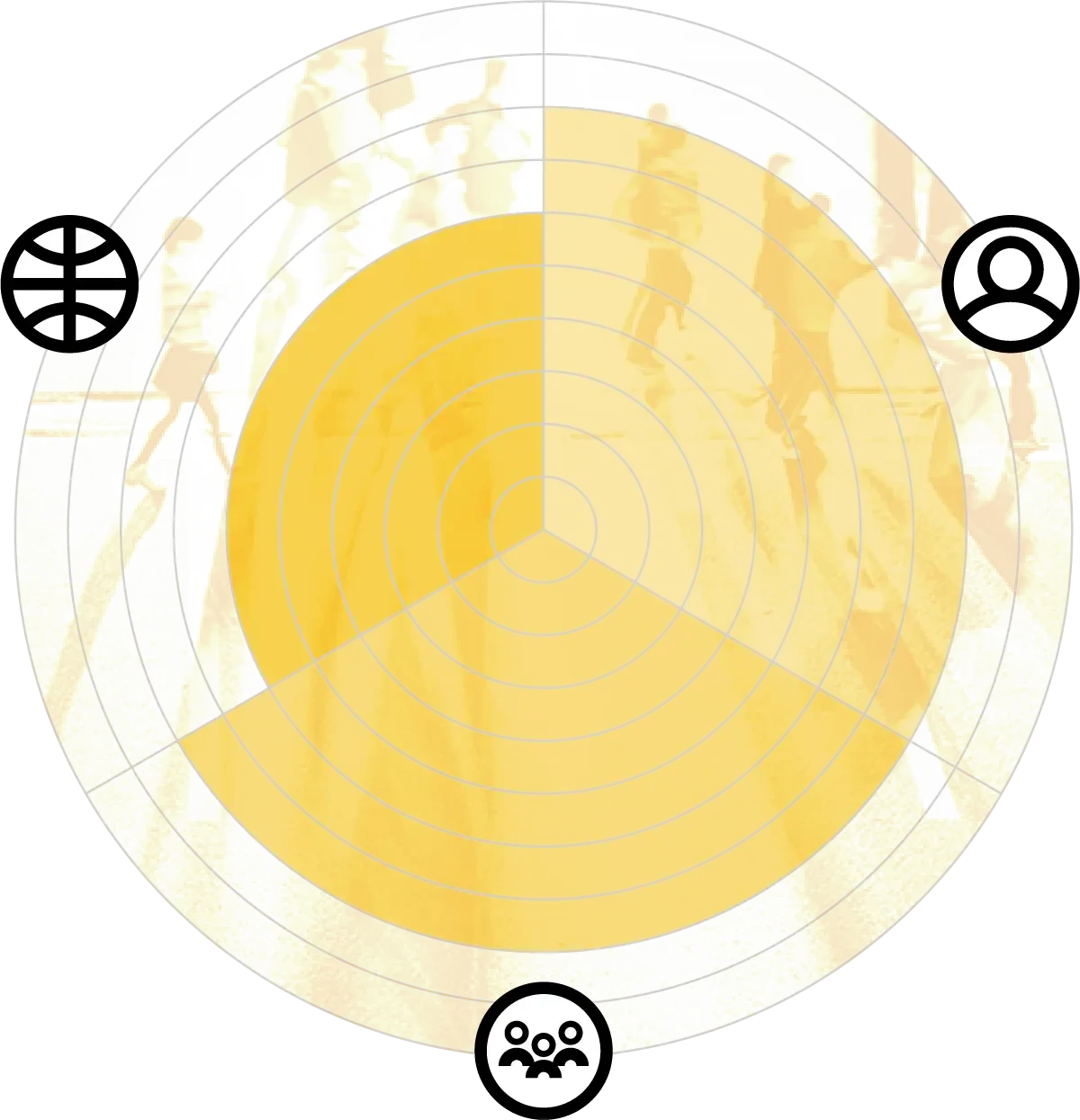Associated Sub-Fields:
However, many human languages are under threat and are likely to become extinct within decades.1 There is an urgent need to preserve and document these languages, both for the sake of the communities who use them and because without them we cannot fully understand the human capacity for language. We have the opportunity to harness new technologies like AI in service of these goals.2 Linguistic diversity is a driver of creativity and a valuable source of information about human culture, history and psychology.
Scientific and technological developments operate within complex social and political contexts, making them fundamentally entangled with questions of power, identity and social hierarchies. Our understanding of language and the cognitive systems that underpin it are shaped by assumptions and world-views as much as by empirical observation. The science of language demands critical reflection on the researcher's position within broader systems of knowledge production.
This is especially true in an age when significant progress in the development of large language models (LLMs) has made human interaction with AI an everyday occurrence, at least for a select few. These developments have many applications, both practical and theoretical: however, the ways in which they will impact human culture and language are unknown. Some of these may be positive: LLMs may help find ways in which languages can be preserved and revitalised in real-world scenarios. They may help us to answer long-standing questions about how language is learned and represented in the human mind. However, disparities in access may exacerbate existing inequalities. Models of cultural evolution also point to possible challenges, including model collapse due to the increasing prevalence of LLM-generated text on the internet.
This picture is likely to become even more complex, as we are seeing unprecedented levels of internal and international migration due to conflicts, the impact of natural hazards and socio-economic factors. There is a consequent rise in multilingualism, particularly among younger generations, together with a decline in intergenerational transmission of minority or minoritised languages. Life in an increasingly multilingual environment provides opportunities for establishing positive new social identities and connections but also raises questions about “belonging” and “identity”, and necessitates the development of research-informed policies concerning language education and use.
KEY TAKEAWAYS
Research on language and communication enables us to understand a core human capacity, which impacts us as individuals and shapes our societies. Recent advances in large language models (LLMs) have opened up new frontiers in the study of Machines and language, shedding light on how languages can be learned and how human communication might be influenced by interaction with AI. At the same time, these models can be used to develop technologies that support linguistic diversity at a critical moment in human history. Emerging technologies, together with rich datasets, are also expanding our understanding of Communication beyond language, from whale vocalisations to birdsong. Understanding the structure and content of these systems will lead to new theories of the evolutionary origins of human language, including how it emerged in our species. In parallel, New empirical and experimental methods are helping to resolve fundamental questions about why human languages look the way they do, how children and adults learn and use diverse languages, and how languages change over time. Language change is in part driven by social change, and our languages form a core part of our social identity. New research is shedding light on Multilingualism — the norm for most human societies — including how multilingualism relates to systems of oppression, how multilingual societies are impacted by language policies and how being multilingual may bring cognitive benefits.
Anticipatory Impact:
Three fundamental questions guide GESDA’s mission and drive its work: Who are we, as humans? How can we all live together? How can we ensure the well-being of humankind and the sustainable future of our planet? We asked researchers from the field to anticipate what impact future breakthroughs could have on each of these dimensions. This wheel summarises their opinions when considering each of these questions, with a higher score indicating high anticipated impact, and vice versa.
- Anticipated impact on who we are as humans
- Anticipated impact on how we will all live together
- Anticipated impact on the well-being of humankind and sustainable future of our planet








